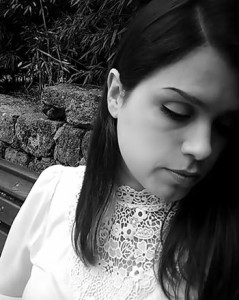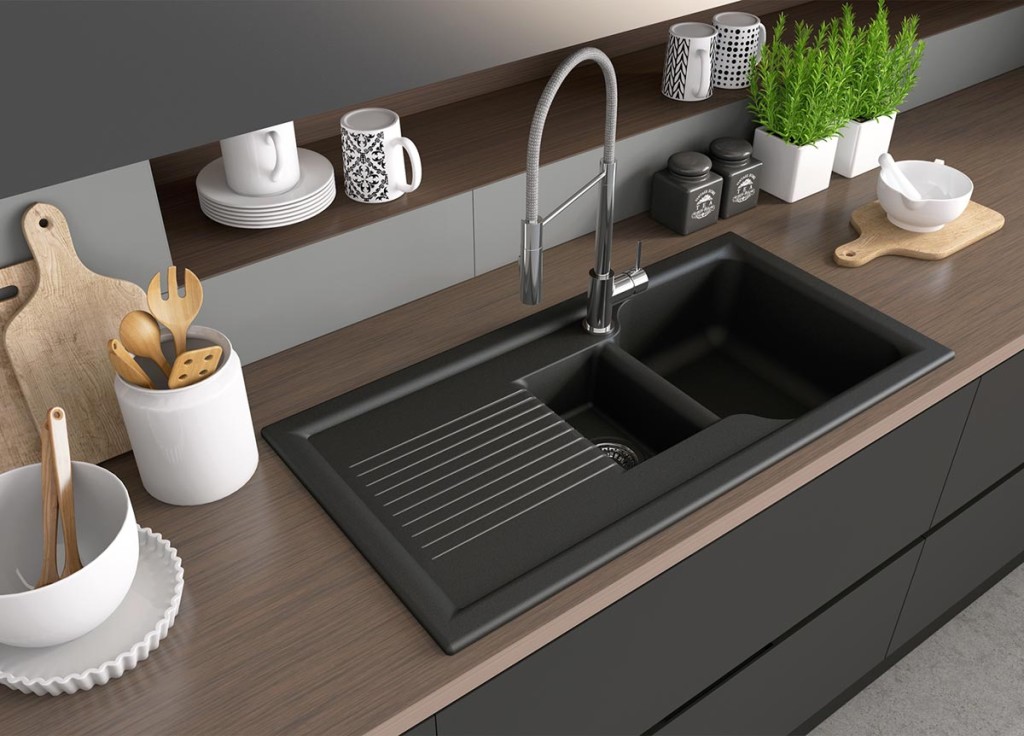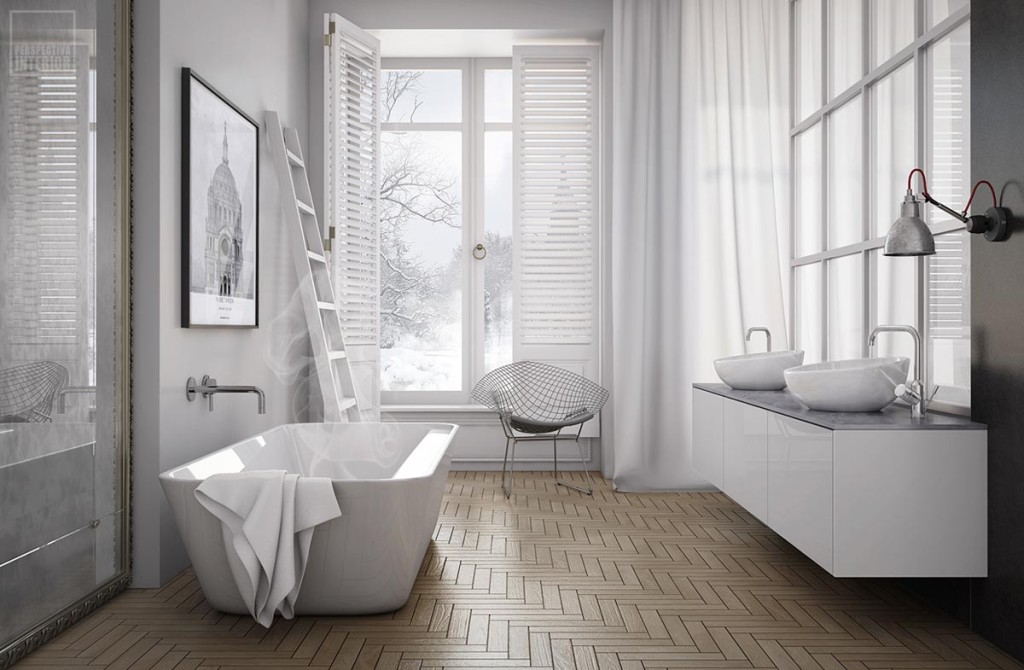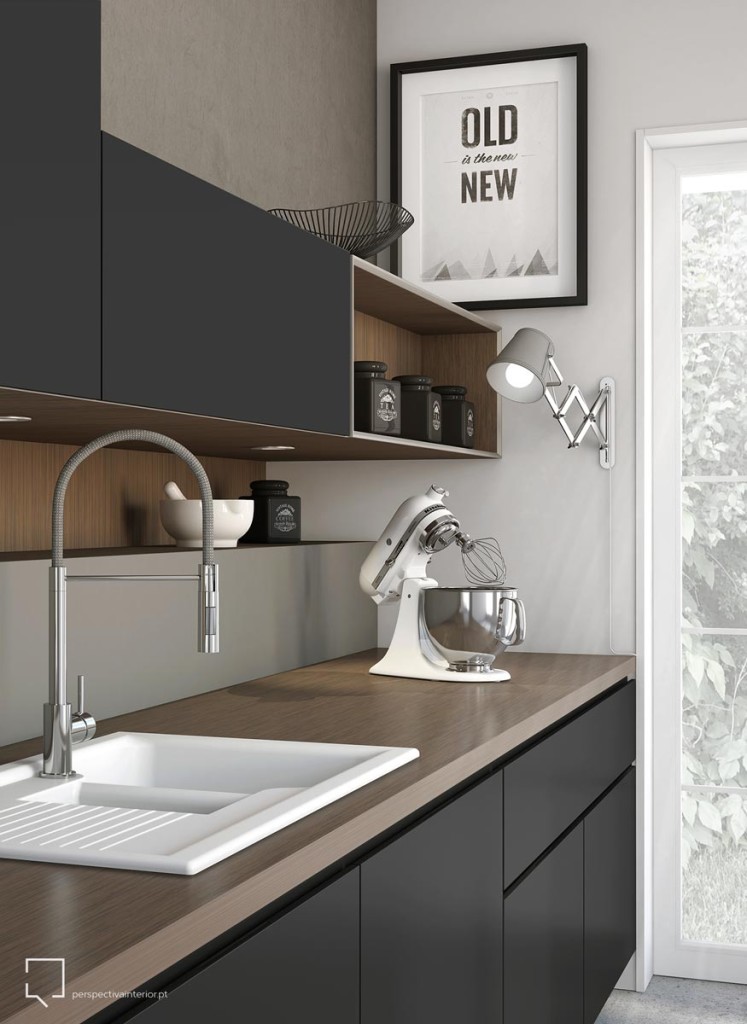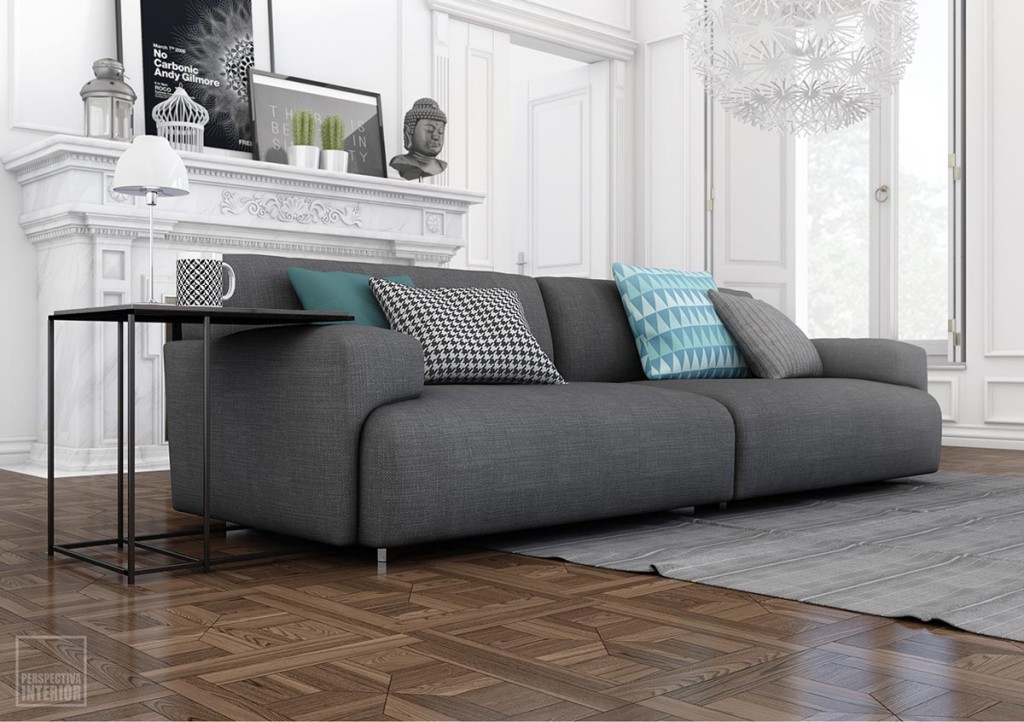Brief:
Area of living: Oporto, Portugal
Working as: Owner of Perspectiva Interior studio, since 2012
Expertise: Interior and product visualizations
Project duration: 10-14 days minimum…
Software using: Cinema 4D, V-Ray, Photoshop
You can find Patrícia:
At my point of view, still speaking in case of Portugal, the market is not saturated in this area, but perhaps addicted. And yes, there are many artists to do undervalued work, because they don’t price properly or because they want to enter on the market and compete through low cost. I still think that we should not devalue our work and we should rate well the quality/price ratio of our projects. There will always be customers who prefer to pay due value of quality work.
Asking your question I think 3D artist job had expanded greatly in recent years and will always be needed. They have increased the number of companies that increasingly opt for this type of communication to sell their product. Besides that, the person who works with 3D it’s not just a technician but a complete artist which work goes beyond of just creating simple 3D in these programs that enable you to do it without any knowledge.

